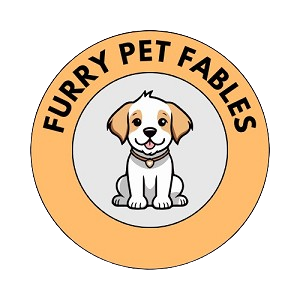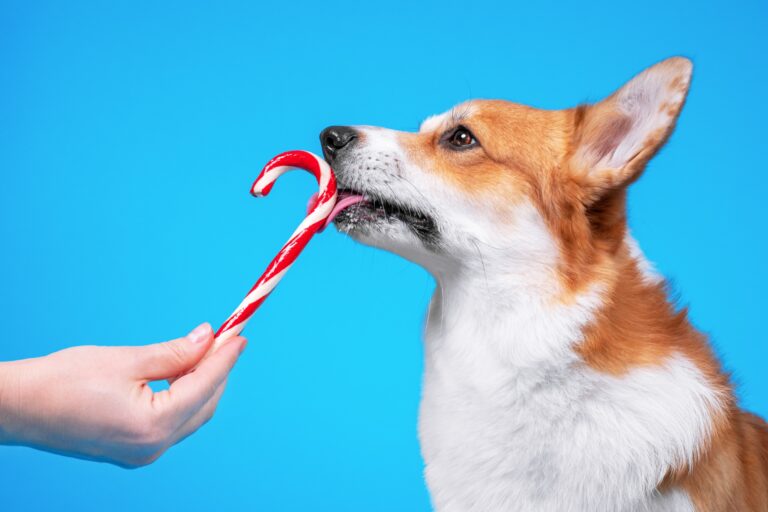Why Is My Dog Shedding So Much? Learn the Surprising Reasons

If you’re a dog owner, you’ve likely experienced the frustration of finding dog hair all over your clothes, furniture, and floors. While shedding is a normal and natural process for dogs, excessive shedding can be a cause for concern. In this comprehensive guide, we’ll explore the reasons behind your dog’s excessive shedding and provide practical tips to manage and reduce shedding. Whether you’re a new dog owner or have been caring for dogs for years, understanding the underlying causes of shedding and implementing the recommended strategies can help keep your dog’s coat healthy and your home clean.
Understanding Normal Shedding in Dogs
Before delving into the causes of excessive shedding, it’s important to understand the normal shedding process in dogs. Shedding is a natural mechanism for dogs to get rid of old or damaged hair and make way for new growth. The amount of shedding can vary depending on the breed, age, and overall health of the dog. While some breeds are known for minimal shedding, others, such as Huskies and Golden Retrievers, are notorious for their heavy shedding.
Excessive shedding, on the other hand, goes beyond the normal shedding patterns and can be a sign of an underlying issue that needs to be addressed. It’s essential for dog owners to recognize the difference between normal shedding and excessive shedding to ensure their dog’s well-being.
Common Causes of Excessive Shedding
1. Poor Nutrition and Diet
A dog’s diet plays a significant role in the health of their coat and skin. A lack of essential nutrients, such as omega-3 fatty acids and protein, can lead to dry, brittle hair and increased shedding. Low-quality commercial dog food or homemade diets lacking in essential nutrients can contribute to excessive shedding.
2. Seasonal Changes
Seasonal shedding, also known as “blowing coat,” is a natural phenomenon in many dog breeds. As the seasons change, dogs may shed their old, thick winter coat to make way for a lighter summer coat. While this shedding is normal, some dogs may experience an excessive amount of hair loss during this transition.
3. Stress and Anxiety
Just like humans, dogs can experience stress and anxiety, which can manifest in various ways, including excessive shedding. Changes in the dog’s environment, routine, or the addition of a new family member (human or animal) can trigger stress and lead to increased shedding.
4. Skin Conditions and Allergies
Skin conditions, such as dermatitis and allergies, can cause itching and irritation, leading to excessive scratching and shedding. Allergens from food, pollen, or environmental factors can also contribute to skin issues and subsequent shedding.
5. Medical Issues
Underlying medical conditions, such as hormonal imbalances, thyroid problems, or parasitic infestations, can result in excessive shedding. It’s crucial for dog owners to consult with a veterinarian to rule out any potential health issues causing the excessive shedding.
Tips to Manage and Reduce Shedding
Now that we’ve explored the common causes of excessive shedding in dogs, let’s discuss practical tips to manage and reduce shedding.
1. Proper Grooming and Brushing Techniques
Regular grooming and brushing are essential for managing shedding in dogs. Brushing helps remove loose hair and prevents it from ending up on your furniture and floors. The frequency and type of brush will depend on your dog’s breed and coat type. For example, dogs with long, thick coats may require daily brushing, while short-haired breeds may need less frequent grooming.
2. Balanced Diet and Nutrition
Providing your dog with a balanced and nutritious diet is crucial for maintaining a healthy coat and minimizing shedding. Look for high-quality dog food that contains essential nutrients, such as omega-3 fatty acids, protein, and vitamins. Additionally, consider incorporating supplements, such as fish oil, to support your dog’s skin and coat health.
3. Regular Exercise and Stress Management
Physical activity and mental stimulation are vital for keeping your dog healthy and stress-free. Regular exercise can help reduce stress and anxiety, which in turn can minimize excessive shedding. Engage in activities that your dog enjoys, such as walks, playtime, and interactive toys to keep them mentally and physically stimulated.
4. Veterinary Care and Treatment for Underlying Conditions
If you suspect that your dog’s excessive shedding is due to an underlying medical issue or skin condition, it’s crucial to seek veterinary care. A veterinarian can conduct a thorough examination, perform diagnostic tests, and recommend appropriate treatment to address the root cause of the shedding.
Conclusion
In conclusion, understanding the reasons behind your dog’s excessive shedding is the first step towards finding effective solutions to manage and reduce shedding. By addressing factors such as nutrition, grooming, stress, and potential medical issues, dog owners can help their furry companions maintain a healthy coat and minimize excessive shedding. Remember, every dog is unique, so it’s essential to tailor your approach based on your dog’s specific needs and characteristics.
Whether you’re dealing with a shedding issue for the first time or seeking new strategies to manage shedding, implementing the tips outlined in this guide can make a significant difference in your dog’s shedding patterns. By taking proactive steps to address shedding, you can create a comfortable and clean environment for both you and your beloved canine companion.
In conclusion, excessive shedding in dogs can be a cause for concern, but with the right knowledge and proactive measures, dog owners can effectively manage and reduce shedding. By understanding the underlying causes of shedding and implementing the recommended strategies, dog owners can help their furry companions maintain a healthy coat and minimize excessive shedding. Whether you’re a new dog owner or have been caring for dogs for years, taking proactive steps to address shedding can create a comfortable and clean environment for both you and your beloved canine companion.






